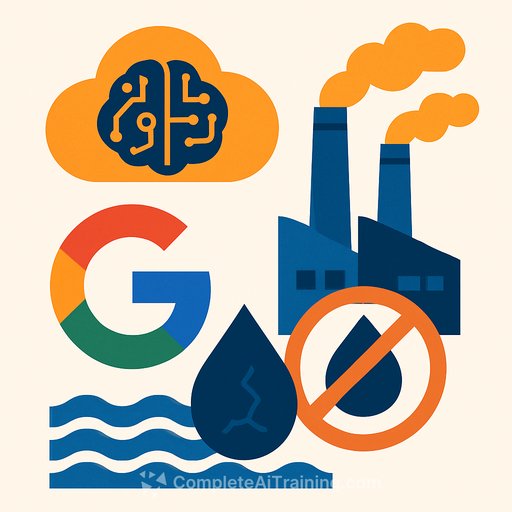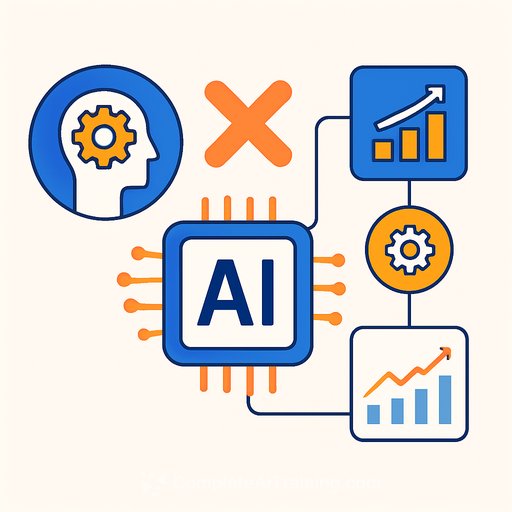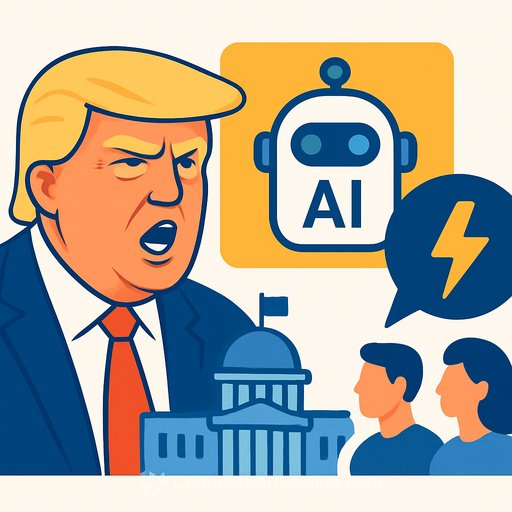Google’s AI Water Usage Claims: What You Need to Know
Google recently published a report claiming significant reductions in water consumption for its Gemini AI models. According to their data, generating a median-length text prompt with Gemini consumes roughly five drops of water—about 0.26 milliliters (ml)—and 0.24 watt hours of electricity. This is a stark contrast to earlier estimates from Mistral AI and researchers at UC Riverside, which suggested 45ml to 47.5ml of water per page of text for medium-sized models like Mistral Large 2 or GPT-3.
Why Google's Numbers Might Be Misleading
At first glance, Google's figures suggest a huge leap in efficiency. But experts caution that Google’s comparison isn’t straightforward. The main issue lies in the difference between onsite and total water consumption.
Datacenters use water primarily for cooling, often via evaporative cooling towers that consume local water resources. This onsite water use is only part of the picture. Energy generation itself—especially from gas, coal, and nuclear plants—requires large amounts of water, mostly for cooling power plants. So even if a datacenter uses little water directly, the energy it consumes indirectly drives significant water use elsewhere.
Shaolei Ren, an associate professor at UC Riverside and co-author of the research Google references, points out that Google’s new figures only represent onsite water consumption. Meanwhile, the older, higher estimates include both onsite and offsite water usage, making the comparison unequal.
On-Site vs. Total Water Consumption: Apples and Oranges
- Google’s 0.26ml figure covers only onsite water consumed directly by datacenter cooling.
- UC Riverside’s 2023 study estimated the onsite water consumption of the average US datacenter at 2.2ml per AI request.
- The 47.5ml figure Google cited corresponds to total water consumption at the most water-intensive datacenter they studied, not an average.
Ren emphasizes that Google could have made a fair comparison by matching onsite data with onsite data, but did not. He describes this as falling short of basic scientific standards.
Google’s Response and the Bigger Picture
Google disputes UC Riverside’s methodology, arguing that their data reflects a grid powered mainly by traditional, water-cooled thermoelectric plants, which Google claims doesn’t reflect its own datacenter operations. Ben Townsend, Google’s head of infrastructure strategy and sustainability, stated that their team of water resource engineers found flaws in UC Riverside’s assumptions.
However, Google hasn’t clarified why it mixed onsite data with total water consumption figures from the UC Riverside study. Even if Google’s onsite water use is indeed lower, the difference between 0.26ml and 2.2ml per prompt is significant but less dramatic than the headline figure suggests.
Efficiency Improvements Are Expected
Ren acknowledges that AI workloads can become more efficient over time. If Google's claim of a 33x reduction in energy footprint for Gemini over the past year is accurate, that suggests earlier models were less efficient. This aligns with trends in AI development, where improvements in hardware, software, and operations gradually reduce resource consumption.
For IT professionals and developers, these findings underscore the importance of looking beyond headline numbers and understanding the full lifecycle impact of AI workloads, including indirect resource use. Monitoring water and energy consumption at both datacenter and grid levels is essential for realistic assessments of AI’s environmental footprint.
To stay updated on AI efficiency and sustainability topics, explore the latest AI courses that include insights on energy and resource management.
Your membership also unlocks:






